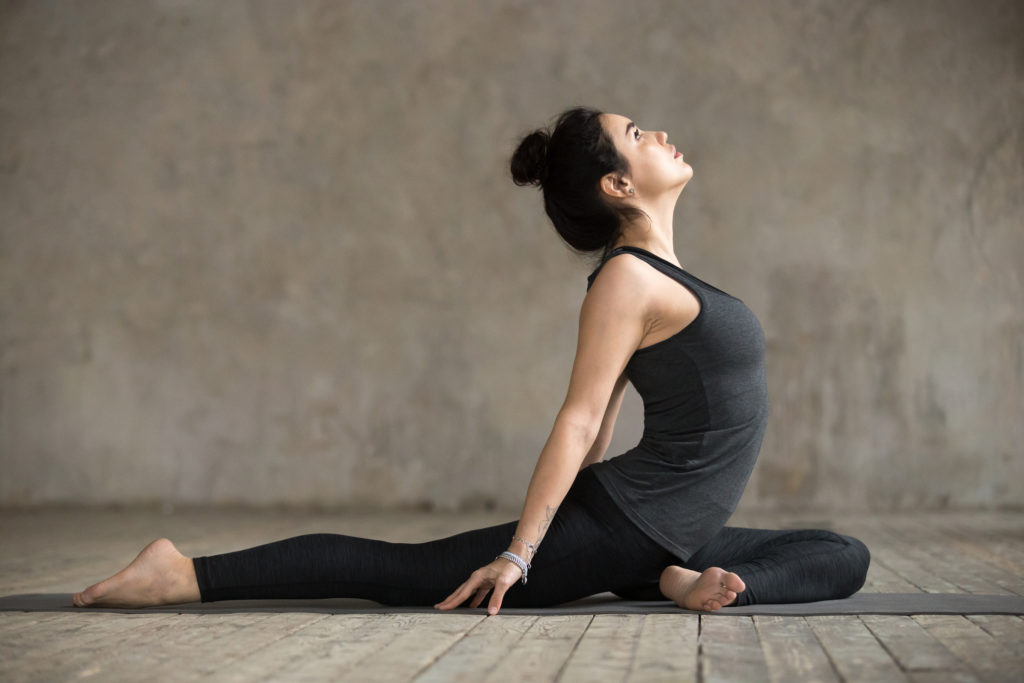Last updated: March 20, 2020

Many yoga teachers are under the impression that allowing the vertebrae to come into contact with each other is a bad idea. They will generally use negative terms and imagery to describe spinal compression, such as
- Don’t collapse into your lower spine.
- Don’t crunch your back.
- Don’t sink into your lumbar.
- Don’t jam your bones together.
There are two main problems with these statements: 1) the use of fear and 2) the fear of compression.
1) Each of the above statements use fear as a tool to control the student. Unfortunately, using fear as a teaching tool can create a nocebo effect. (A nocebo is the opposite of a placebo. Nocebos can result in a student experiencing a predicted negative outcome even though the intervention or posture is not harmful.[1]) So, while backbends can and do create compressive stresses along the spine, and while these stresses can be very beneficial for most students, the fear generated by teachers’ negative comments can undo the benefits and create the very harm forecasted. Yoga teachers, and anyone offering therapy in general, should take care to not inadvertently use nocebo language. It is far better to teach the student to notice what sensations are actually arising than to predict pain and problems that may never arise.
2) Compression is not bad, per se. Yes, you can overdo it and apply too much compression, or hold compression for too long, but this does not mean we should never compress our tissues. If compression was bad, all massage therapists would be out of work! As long ago as the 1800s, we have known that bones grow thicker and stronger because of the compressive stresses they bear. Without compression, bones grow weaker and more fragile.[2] The same adaptations to compression stress can happen in other tissues, such as tendons and ligaments.[3]
Space agencies know this well. Astronauts in orbit live in a microgravity environment and have no stress on their bones or muscles. Their bodies continue to reabsorb tissues, which is a normal part of health, but no new fibers are created, which is neither normal nor healthy. Studies of cosmonauts and astronauts who spent months on the Russian space station Mir revealed that space travelers lose, on average, 1%–2% of bone mass each month.[4] In some astronauts, the lack of stress has resulted in a much greater loss of bone density—up to 20% over a 6-month stay in space! This loss of bone density generally occurred in the lower body and the lower back. The solution? Stress the lower back! Astronauts spend a considerable part of their day exercising to slow down the atrophy that comes from living in space.
Compression and tension are two of the most common forms of stress applied to our tissues.[5] Whether through massage, exercise or surviving daily living, the body is constantly adapting to stress. Stresses are healthy and necessary. Do not be afraid to stress your body both through tension and compression. Beware of doing too much, of course. But do not, out of fear, avoid all compression.
- For more on the way tension and compression arise in our yoga practice, read What Stops Me?
- For more on how stress is vital to health, read Mechanotransduction: Yin Yoga’s Magical Ingredient is Stress.
- For an article describing how Yin Yoga can be specifically useful for low back pain, read Yin Yoga for Low Back Pain.
- For the importance of stress, read Are Yoga Teachers Making Us Fragile?
Return to Topics
[1] For more on nocebos see the article Yoga, Placebos and Nocebos.
[2] See the work of Julius Wolff, a German anatomist in the late 1880s.
[3] See M. Benjamin and J.R. Ralphs, “Fibrocartilage in tendons and ligaments—an adaptation to compressive load,” Journal of Anatomy 193 (1998): 481–494.
[4] See S.M. Smith et al., “Benefits for Bone from Resistance Exercise and Nutrition in Long-duration Space-flight: Evidence from Biochemistry and Densitometry,” Journal of Bone and Mineral Research 27.9 (2012): 1896–1906.
[5] We could be more complete and list all the forms of stress that are familiar to engineers and architects (tension, compression, shear, bending and torsion), but the latter 3 forms are variations or combinations of either tension or compression applied in different directions.
